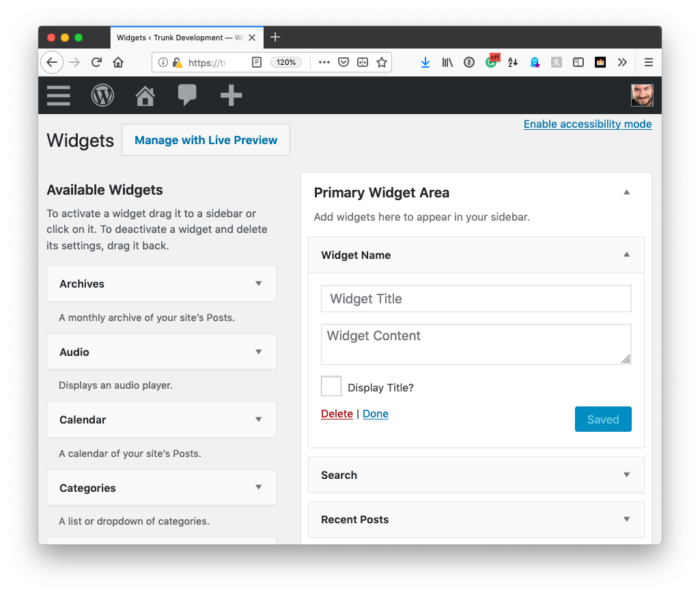Remember that WordPress uses the event-driven design pattern and although we often refer to actions and filters, the concept comes down to hooks. The flow of control through the program goes something like this:
- Execute the program,
- Whenever the program comes upon a hook (in WordPress, we’ll see
do_actionorapply_filters), iterate through all of the registered hooks, - Return control back to the program,
- Execute until the end.
This isn’t completely different from the Publisher/Subscriber Pattern (or PubSub, for short) but there’s a key difference: The Event-Driven Pattern simply signals that something has happened and if there are hooks, they will fire. The PubSub Pattern will tell a registered subscriber to do something.
Anyway, back to hooks in WordPress. Keeping the two concepts of hooks that we have may be most easily done by thinking of them like this:
- Actions are for doing something,
- Filters are for processing data.
If you’re looking to approach WordPress development in an object-oriented fashion, tightly coupling your code to WordPress core by registering your classes via hooks to the core application is not a good idea.
In other words, don’t register your business logic with WordPress. Keep them separate. Here’s a litmus test for if your work is tightly coupled with WordPress: If you can’t run a unit test against your class without loading WordPress, it’s tightly coupled.
So what’s the solution? Delegation.
Continue reading

